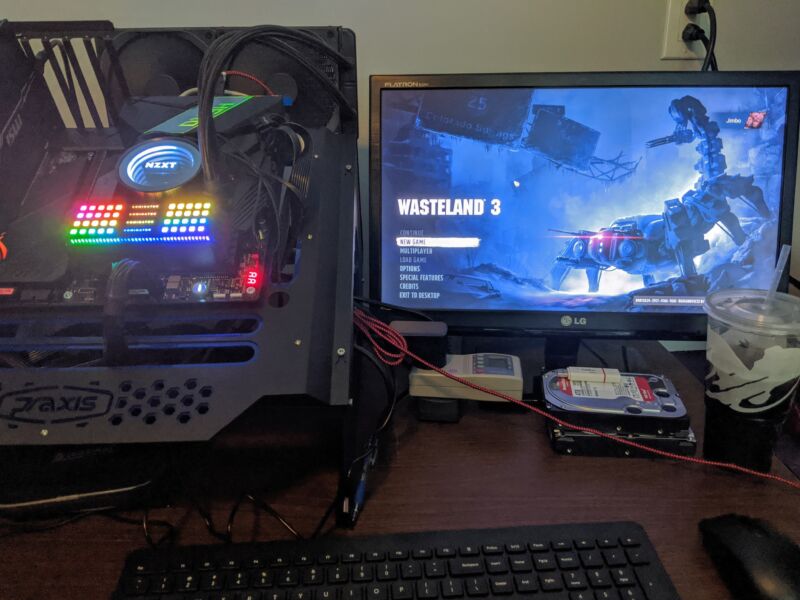-
 chevron_right
chevron_right
Wasteland 3 impressions: Post-apocalyptic tactics, ethics, and economics
Jim Salter · news.movim.eu / ArsTechnica · Wednesday, 26 August, 2020 - 13:00 · 1 minute

Enlarge / You might not like it, but this—along with a giant sack of burritos just off-camera to the left—is what peak cRPG gaming looks like. (credit: Jim Salter)
When I got the chance to play a pre-release copy of inXile's post-apocalyptic RPG Wasteland 3 , I jumped at it. As a huge fan of RPGs in general and a backer of Wasteland 2 , getting to play the next game in the series for my job was an obvious no-brainer. For those who aren't already familiar with the series, it's a darkly humorous tactical battler, set in an alternate-universe post-apocalyptic America divided into widely separated fiefdoms and sprawling chaos.
If you're thinking "like Fallout , but turn-based?" you're not too far off—there are a lot of similarities between Wasteland's and Fallout's versions of post-WWIII America, including some hilariously retrofuturistic touches. But where Fallout's world seems to have sprung from the late '50s, Wasteland 's setting branches out from somewhere in the '80s. The HUD includes an Alpine-style cassette deck with obnoxious graphic equalizer, the clubs have Discobots, the CPUs are "overclocked to 66MHz," and so on.
Wasteland tries to take itself a little more seriously than Fallout does, too—its humor is a little less over the top, its ethical choices are harder, and it tries more frequently to get you to feel the gravity of the plights its characters find themselves in, up to and including brutal murder and cannibalism. It's a fine line to walk, but the tongue-in-cheek cultural references and silly jokes keep the player from slipping into despair at the awful situations faced by the game's characters.








